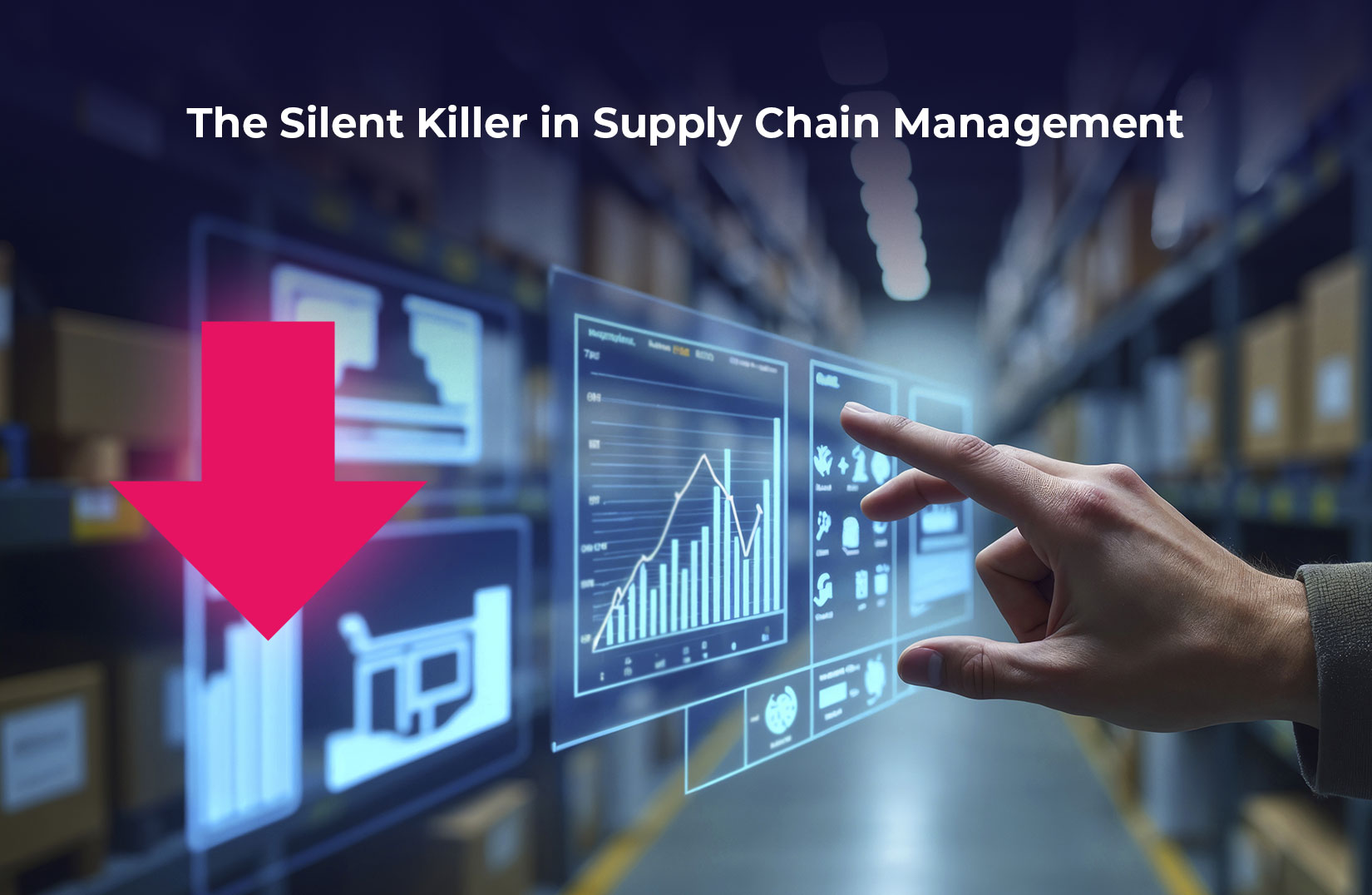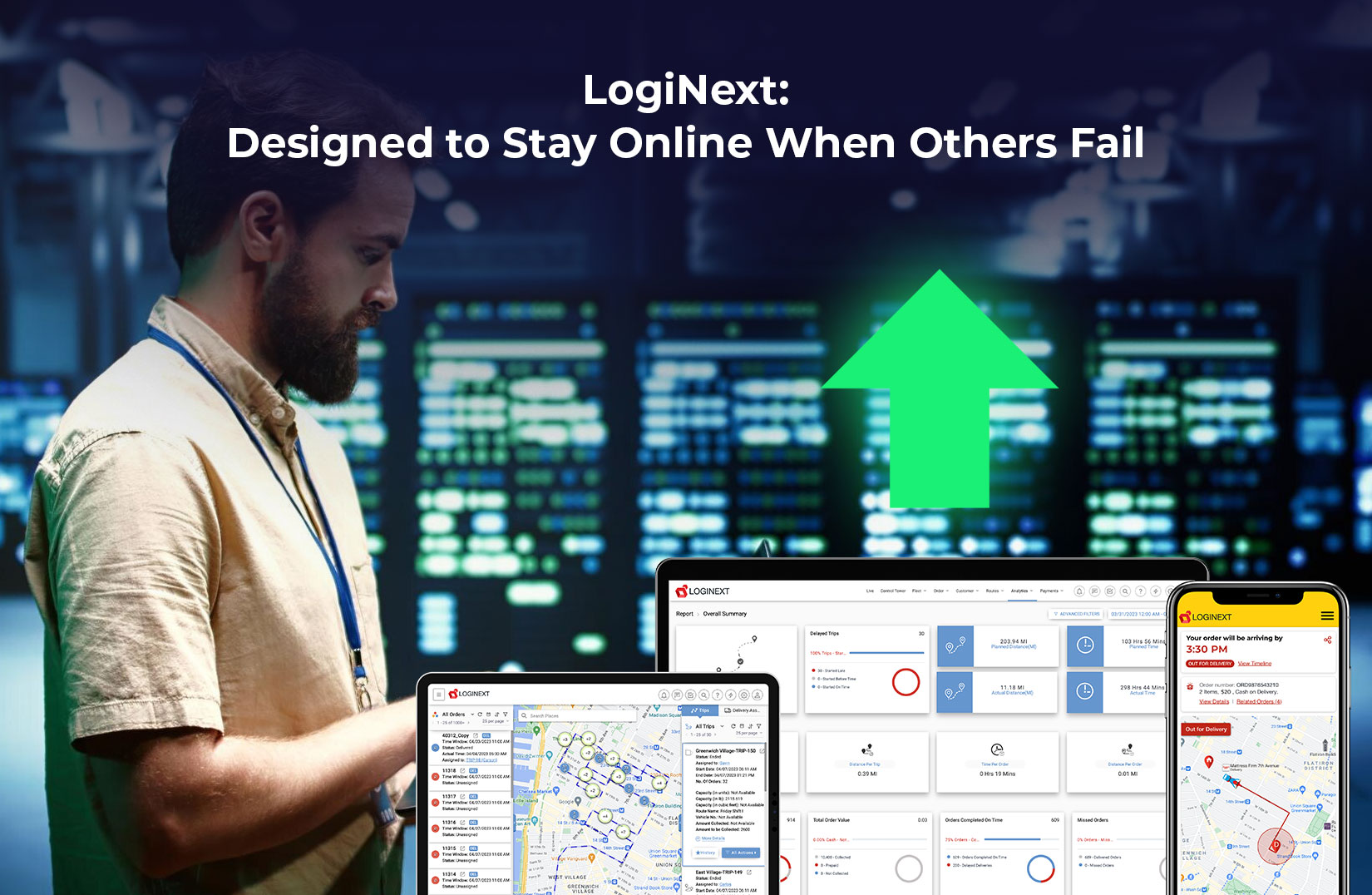
Downtime Is the New Bottleneck: How Fragile Logistics Tech Is Silently Killing Revenue
In a digital-first logistics environment, downtime is no longer an anomaly- it’s the new bottleneck for supply chain management. While businesses focus on speed, efficiency, and AI-led optimization, unstable tech quietly chips away at revenue, eroding trust, and throttling growth.
The Silent Killer in Supply Chain Management

In supply chain management, downtime doesn’t always make headlines- but it leaves a costly trail. When logistics systems go dark, operations come to a standstill. Orders are delayed, routes become outdated, and inventory data goes stale. The result? Missed deliveries, dissatisfied customers, and mounting financial losses.
Yet, the true danger lies in how quietly downtime strikes. It often occurs without warning- during a peak sales event, a crucial fulfillment window, or a warehouse sync. While frontline teams scramble, backend systems remain unresponsive.
The average cost of IT downtime is estimated at $9,000 per minute. For logistics companies, that number is often higher due to the cascading effect on deliveries, labor, and customer service. Worse still, most traditional supply chain management platforms aren’t built to detect. Nor do they recover from, these failures in real time.
Downtime doesn’t just delay shipments- it silently erodes margins, trust, and long-term competitiveness.
Recent Downtimes That Shook the Logistics Industry
Several high-profile tech outages in the logistics sector have highlighted just how fragile today’s digital backbone can be:
Blue Yonder Outage (March 2025):
A critical software failure during a major system update caused multi-day disruptions for retailers and logistics firms globally. Shipment schedules were lost, inventory systems froze, and eCommerce fulfillment stalled. The outage reinforced concerns around cloud resilience and failover mechanisms.
Blue Yonder Glitch (2021):
Earlier, a similar outage halted operations for several U.S. retailers who depended on Blue Yonder for warehouse and transportation management.
USPS HUB Software Glitch (2023):
A string of software failures led to significant delays in mail and package movement across major USPS distribution hubs—particularly damaging during peak shipping periods.
Maersk NotPetya Cyberattack (2017):
Although several years old, the incident remains a case study. The malware shut down booking systems, terminal operations, and cargo tracking, costing over $300 million in damages.
These breakdowns aren’t just isolated incidents. They’re symptoms of legacy infrastructure trying and failing to keep up with the demands of modern logistics.
Legacy Tech: A Crumbling Foundation
Legacy supply chain systems were built for a different era. An era with fewer variables, lower volumes, and limited need for real-time data. Today, these systems are expected to handle complex logistics demands, from instant tracking and dynamic rerouting to AI-driven decision-making. But their rigid, monolithic structures simply aren’t equipped for that level of agility or scale.
Rather than re-engineering these platforms, many companies resort to layering modern tools on top of outdated codebases. This patchwork approach introduces instability, slows down updates, and increases the risk of system-wide failures. In a world where minutes matter, legacy tech is no longer a cost-saving asset- it’s a liability.
LogiNext: Designed to Stay Online When Others Fail

LogiNext, now operating as Stellation Inc., took a different approach from day one. With AI embedded at the core, not added as an afterthought the platform was built for scale, speed, and stability.
While many logistics providers are retrofitting AI into fragile legacy systems, LogiNext architected its infrastructure from the ground up to handle real-time logistics with zero tolerance for disruption. The system intelligently anticipates and mitigates failure points through AI-assisted degradation paths and automated recovery protocols. This forward-thinking design ensures that even in high-load scenarios or during system updates, core functions remain available.
Following its strategic restructuring to drive scale and growth, LogiNext has achieved 1.2x business growth, all while strengthening platform resilience.
Key Reliability Metrics:
– 99.99% uptime over the past two years (less than five minutes of downtime per year)
– 99.6% crash-free rate
– Architecture built for AI-assisted graceful degradation, containerized rollouts, and self-healing infrastructure
These capabilities allow enterprises to manage mission-critical operations with confidence, even when surrounding systems are faltering.
Why the Next Logistics Disruption Will Be Digital
The logistics industry has traditionally focused on physical disruptions- natural disasters, port closures, or geopolitical events. While these threats are still relevant, the real risk moving forward lies in digital vulnerabilities. Today’s supply chains are increasingly software-dependent, and a single system failure can ripple across continents, halting operations in minutes.
A cloud outage, cyberattack, or even a faulty software update can instantly disrupt inventory visibility, real-time tracking, and automated dispatching. As AI and automation become more deeply integrated into logistics workflows, the margin for error narrows. What once required days to unravel can now collapse in seconds due to unstable digital infrastructure.
To remain resilient, businesses must shift from reactive recovery to proactive stability. This means choosing supply chain management platforms built for continuous uptime, self-healing systems, and graceful degradation. In a digital-first logistics world, the next big disruption won’t hit the warehouse floor- it’ll strike the server room.
Also Read: 3 Technology Trends to Optimize Supply Chain Digitalization
Final Thoughts
In logistics, speed means nothing without uptime. As the industry evolves into a digital-first ecosystem, the hidden cost of fragile tech will only rise. Downtime is the new bottleneck. And the winners of the next era will be those who can run their logistics operations without pause, disruption, or compromise.
LogiNext’s AI-native, self-healing architecture isn’t just future-ready—it’s what modern logistics demands today. Don’t let system failures slow you down- choose resilience, speed, and intelligence. Book a demo with LogiNext Solutions today.
65







@LogiNext